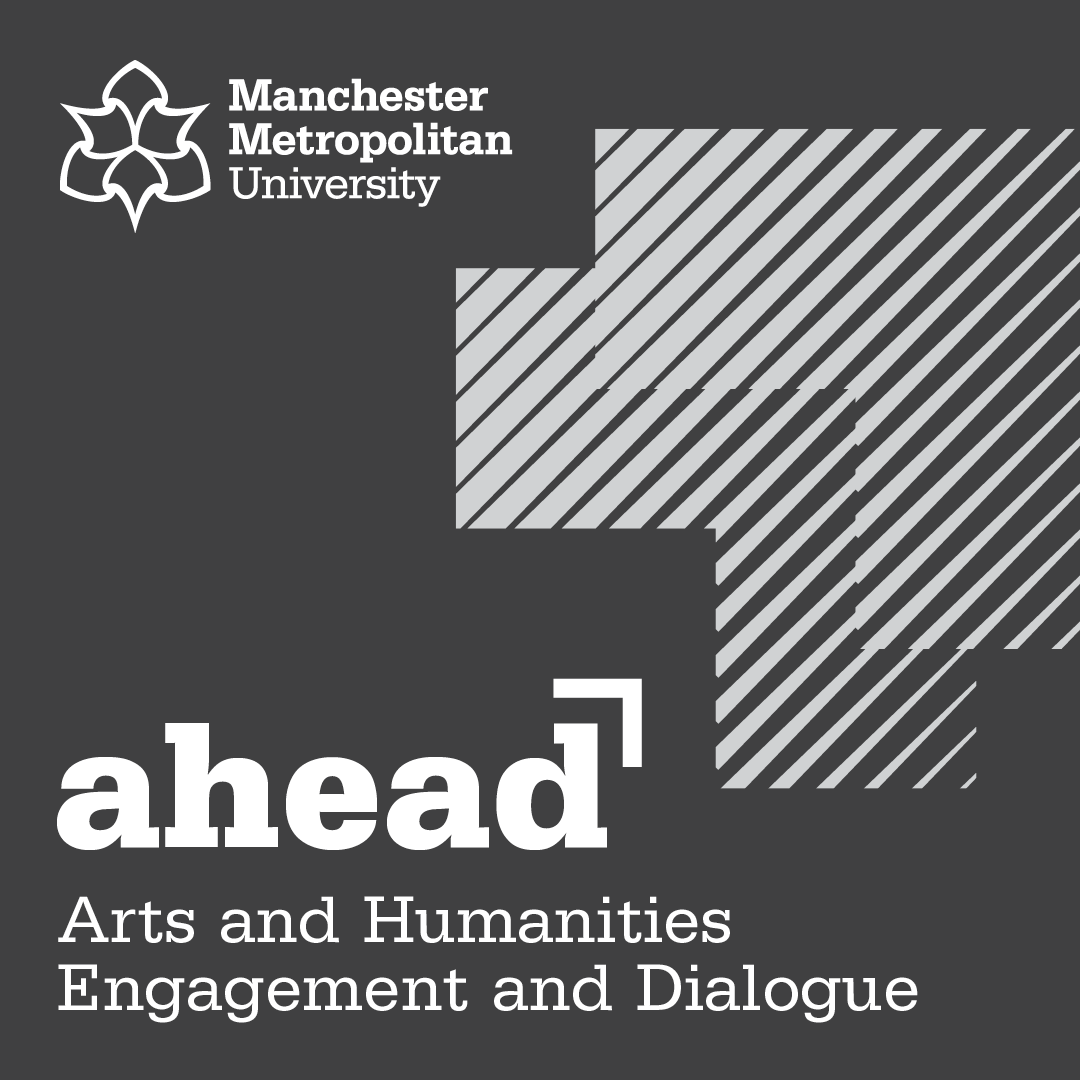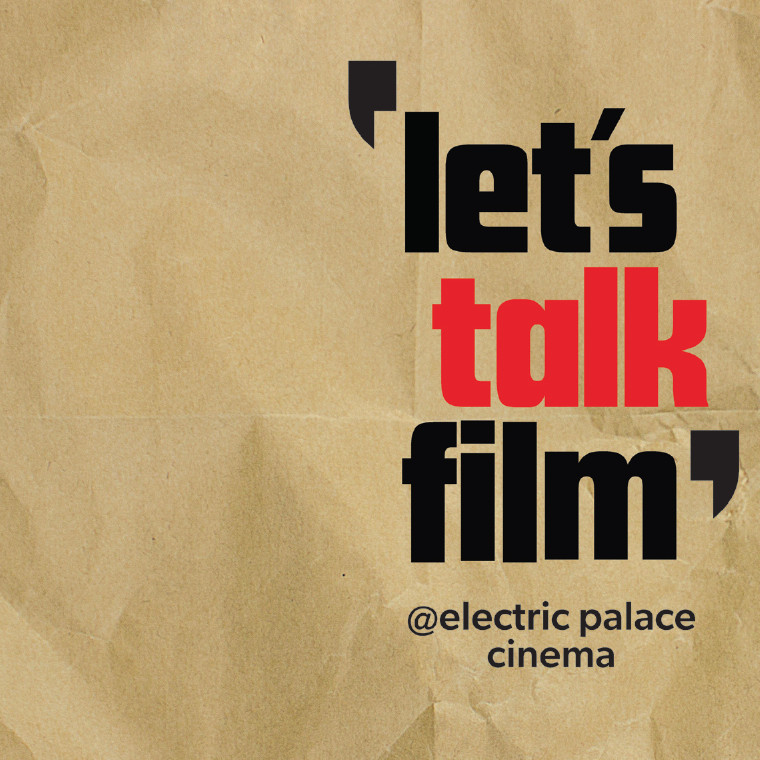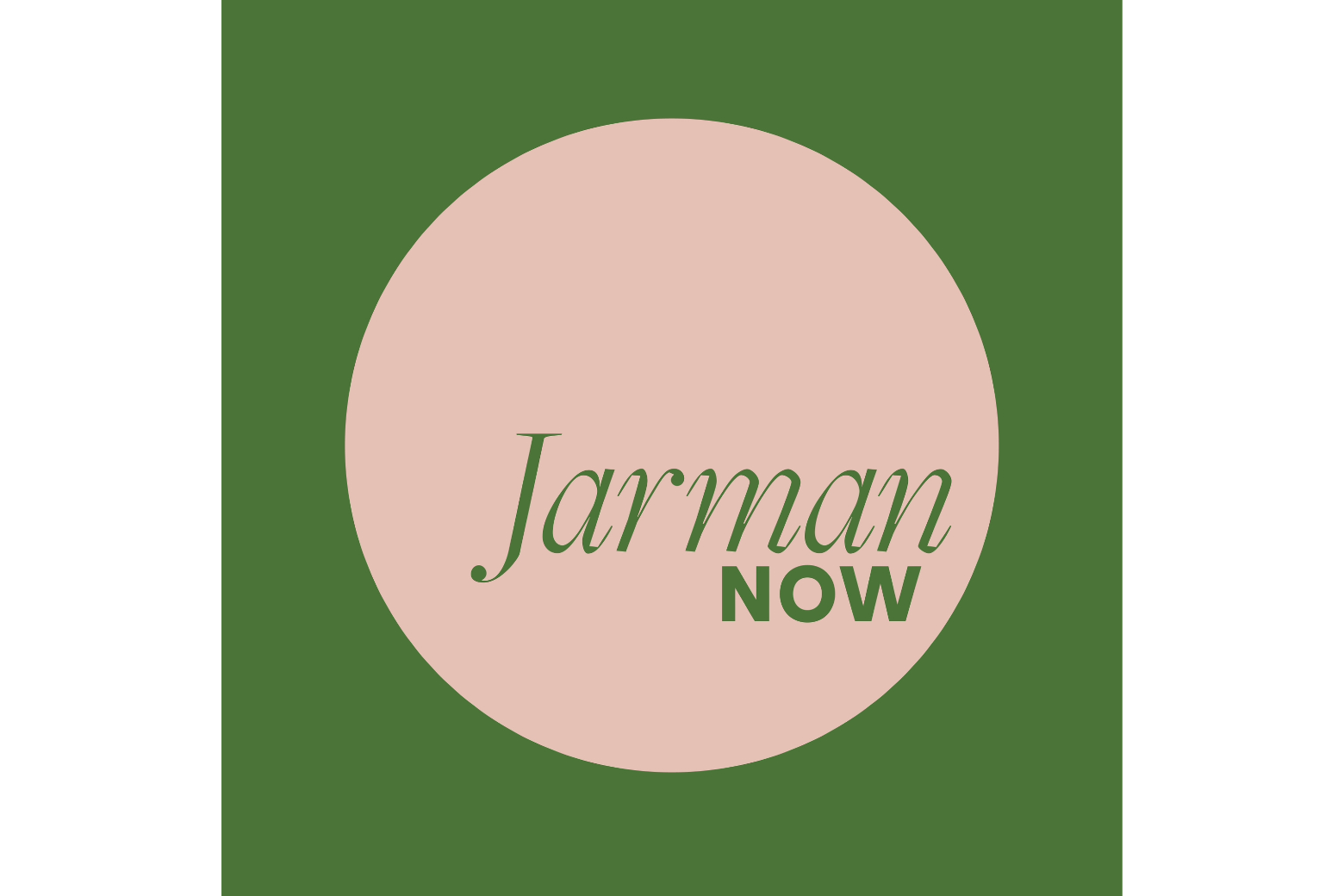Jarman Now All-dayer
Derek Jarman film day - screenings and conversations
Spend a day immersing yourself in the film world of artist and filmmaker Derek Jarman, from his rarely seen Super 8s, to the visceral and topical The Last of England, to the lyrical and mesmerizing Blue.
Director: Derek Jarman
Cast includes: Tilda Swinton, Derek Jarman, Genesis P. Orridge, Peter Doig, Coil, Brian Eno
Hosted by Elisa Oliver, Jarman Now, and Ben Newell, ‘Let’s Talk Film’
Screenings at 11am, 2.30pm and 7.30pm
A collaboration between Jarman Now (@jarman_now), ‘Lets Talk Cinema’ and Electric Palace, we are delighted to bring you a Derek Jarman-themed day of conversations and screenings - with some surprise guests along the way, many of whom knew and worked with Jarman.
Whether you are already a Derek Jarman fan, new to his work or just ‘curious’ there will be something to astonish everyone in this day of screenings.
Your all-day ticket grants you entry into all three screenings taking place at 11am, 2.30pm and 7.30pm:
11am: A rare chance to see Jarman’s super 8s on the big screen
Includes introduction and post-screening discussion.
In the Shadow of the Sun 1981 (54 mins)
This is Jarman at his most experimental. Consisting of the stitching together of a series of films made between 1972-75 it relishes improvisation and superimposition, the product of refilming, and eschews narrative and traditional progression. The film was re-released in 1984 with a soundtrack by Throbbing Gristle. Reflecting Jarman’s interest in alchemy the title is drawn from a 17th century alchemical text where the phase ‘the shadow of the sun’ repeats as a synonym of the Philosopher’s Stone. It’s a phase that Jarman returns to possibly for its dualistic integration of light and darkness a metaphor for magic of film making itself.
Imagining October 1984 (24mins)
This is a dreamlike meditation on art and politics in the final years of the Cold War. The film was made when Jarman visited Moscow to screen his film The Tempest and furtively wandered off into the Moscow streets shooting footage of the city on his Super-8 camera. The haunting images document fleeting moments of pre-Perestroika Russia rarely recorded by Western filmmakers and led Jarman to reflect on the politics of both the Soviet State and Thatcherite Britain. Consequently, he combined his Super-8 footage with a series of charged slogans that anticipate the political engagement of his subsequent work.
Set against a score of music by Benjamin Britten and a commissioned soundtrack by Genesis P-Orridge and David Ball, the film also includes staged scenes of Russian soldiers played by actors, including the painter, Peter Doig.
14.30: The Last of England
1987, 87mins
Aesthetics and politics were inseparable for the British filmmaker Derek Jarman, whose life fed his art and vice versa. It is perhaps no surprise that 'The Last of England', one of his most deeply personal films, is also one of his most fiercely political.
A full-throttle state-of-the-nation broadside against Thatcher-era Britain, “The Last of England” ranks among Jarman’s boldest aesthetic experiments. The film is essentially a dense patchwork of Super-8 footage, transferred to video for editing and processing and then back to 35-millimetre film.
Alongside nostalgic home movies mostly shot by Jarman’s father (an air force pilot during World War II) are nightmarish vignettes, set under radioactive skies and amid vistas of post-industrial ruin. Containing the famous ‘dervish’ dance by Tilda Swinton on Dungeness beach it is both an indictment of Thatcherite Britain and in the contemporary moment highly prophetic in its visceral depiction of displacement decay and reflections on ‘Britishness’. A visceral immersive watch you will be forever changed by this all-encompassing experience.
19:30: Blue
1993, 79mins
“I have my own ideas, but they are not the beginning or the end,” the film is the fact — perhaps the only fact — of my life.” - Derek Jarman
Against a plain, unchanging blue screen, a densely interwoven soundtrack of voices, sound effects and music attempt to convey a portrait of Derek Jarman’s experiences with AIDS, both literally and allegorically, together with an exploration of the meanings associated with the colour blue. Blue was to be a very special final creative act by Derek Jarman and perhaps one of his most singularly iconic works.
Numerous musicians, including Simon Fisher Turner, Coil, Scanner and Brian Eno, provide the highly textured soundscape in which the director and his close friends weave a rich vocal account of his life and loves. Close to his death, Jarman draws the viewer into his vision-impaired world; a vision rendered only in blue.
About your hosts
The day will be led by Elisa Oliver of Jarman Now, and Ben Newell of ‘Let’s Talk Film’.
Jarman Now is a research network supporting and facilitating ongoing dialogue with the issues raised by Jarman’s work, through collaborations, events and commissions.‘Let’s Talk Film’ organises regular film nights in Hastings and beyond, to discuss all things film.
This day is supported by AHEAD (Arts and Humanities Engagement and Dialogue), the Faculty of Arts and Humanities, Manchester Metropolitan University , and has been made possible through the generosity of James Mackay, Jarman’s colleague and Film Producer, and Luma Foundation, Arles.


Jarman Now All-Dayer tickets:
- Full Price: £30
- Concessions: £24
About Derek Jarman
Revered for his explorations of Britishness against the backdrop of Thatcherism, and ground-breaking for his fearless portrayals of queer love and gay sex within this, Jarman left an oversized impression on the world of cinema before his untimely demise at 54 of an Aids-related illness.
Jarman was also a painter, writer and gardener and it is the totality of this creative practice and his constant drive to experiment and challenge across all these arts forms which is compelling. We see this in the super 8s where a language of painting, in terms of colour, form and innovation often predominates.
In the last years of his life Jarman made the south coast his home, buying Prospect Cottage in Dungeness and creating its inspirational garden with Howard Sooley. Many of his films such as The Last of England are recognisably filmed on location at Dungeness and the surrounding region, it therefore feels all the more fitting to be discussing his work in the locality that sustained his creative practice.
How you can support the Electric Palace:
- Book a ticket to a screening.
- Become an official Friend of the Electric Palace
- Hire the cinema for a private party
- Buy a gift voucher
- Donate to the cinema
- Sign up to receive our enewsletter
- Play our piano before a screening and see the film for free!
- Support us on social media by sharing our posts and events
- Find out more about our ticket prices.
Thank you.

